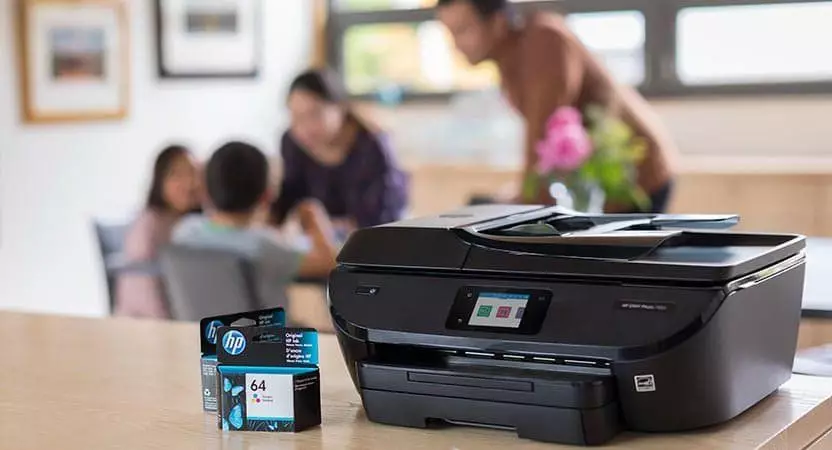In a world increasingly driven by subscriptions and digital compatibility, HP has taken a controversial step by imposing what it terms ‘dynamic security’ on its printers. This system, designed to authenticate cartridges, restricts users to using only HP-manufactured ink and toner. While the intent behind this may be to ensure quality and compatibility, the effect is a troubling calculation for many consumers who purchased their printers with an expectation of minimal restrictions. The class-action lawsuit that arose from these practices highlights a more significant issue—the erosion of consumer rights in the realm of technology.
The dynamic security has fundamentally altered the landscape for HP printer owners, many of whom unwittingly accepted new limitations following a firmware update in November 2020. The decision to activate this feature on numerous printer models without prior notice raises questions about transparency and consumer trust. This move is emblematic of a broader trend seen across industries, where post-purchase changes can drastically redefine the terms of use for a product.
The Legal Fallout
The lawsuit, primarily catalyzed by the frustrations of customers impacted by HP’s firmware policies, has reached a settlement phase that some may view as anticlimactic. Though a resolution was reached in August 2024, HP’s denial of any wrongdoing casts a dark shadow over the entire process. While the company agreed to compensate the original class representatives with $5,000 each, the absence of reparations for affected users underlines a troubling corporate approach. By framing the payout as compensation for the representatives’ services rather than acknowledgment of consumer grievances, HP sidesteps accountability.
This settlement does little to restore the trust that has been eroded among users. The plaintiffs argued that HP’s updates essentially functioned like malware, silently undermining printer functionality to funnel consumers into a closed ecosystem. The legal language reflects genuine consumer frustration—after all, many users believe they bought their printers with an implicit promise of flexibility. As the dynamic security measures expand, the question looms larger: How much control should companies like HP retain over products once they are sold?
The Impact on Consumers
What does this legal outcome mean for the average consumer? For those with specific models, the ability to opt out of dynamic security represents a partial victory. HP has made a list of affected printers accessible on its support page, allowing users to discern whether they can reject further updates that would lock them into HP’s ecosystem. However, this privilege only extends to select models manufactured before 2016, signaling a troubling divide in consumer rights based on the age of technology.
For users of post-2016 printers, the outcome appears bleak. With a growing number of modern HP printers branded as ‘dynamic security enabled’, consumers face a dilemma: should they buy overpriced OEM cartridges or risk the frustration of incompatible third-party options? This monopolistic grip raises ethical questions about corporate practices, especially in an age where consumers are increasingly critical of monopolistic behavior and protective of their rights.
A Broader Discussion on Digital Ownership
HP’s saga provokes a wider discussion on digital ownership and transparency. When products are continually updated post-purchase, the rights of consumers must be prioritized. Dynamic security measures, while potentially beneficial from a manufacturer standpoint, create artificial barriers for consumers who seek affordable alternatives. The notion that companies can unilaterally alter the terms of what consumers have purchased is unsettling and merits closer scrutiny.
As technology evolves, so too must the framework governing consumer rights. Other manufacturers should take note—aligning product longevity with consumer autonomy can lead to better customer satisfaction and ultimately, brand loyalty. Consumer trust is too valuable to sacrifice for short-term gains.
In the end, HP’s experience serves as more than just a cautionary tale for its customers—it unearths a pressing need for change in how companies enforce product compatibility and ownership rights in the modern marketplace. Judging by the continued backlash from users, it seems the conversation surrounding tech industry accountability is far from over.

